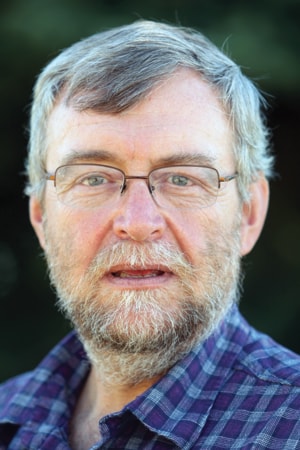Some time has passed since the bombing of the Boston Marathon on April 15. There is a suspect in custody (in hospital) — Dzhokhar Tsarnaev, 19 — and he has formally been charged in the atrocity.
The city of Boston is already moving on, although many of the 180 wounded will need extensive medical assistance and therapy in their recovery. I can only imagine how difficult it will be for them to move on.
But that’s what the world does. In that light, it’s fair now to look back at how the world first learned about the bombing, and how millions — perhaps even billions — of people followed the story as it unfolded.
The picture of that is not flattering to the global news media. In the non-stop coverage of what transpired after the two explosions went off near the finish line of the Boston Marathon, killing three and injuring 180, media we all rely on for factual coverage and thoughtful analysis provided little of either.
Network TV coverage was 24-hours-a-day. But because of the way information surfaces in an unfolding story, what we mostly got was 30-minute coverage, repeated 48 times a day.
The public appetite for news was so widespread, and the competition to be the first bearer of news was so strong, that a lot of information was presented that was just plain wrong.
On April 17, CNN reported there had been an arrest of a suspect. It wasn’t true. Social media picked up the fuzzy photos FBI released of the two suspects, Dzhokhar Tsarnaev and his older brother Tamerlan, and identified others as being the suspects — which was reported on mainstream network news. One person identified that way may not even exist.
Experts were called in to provide perspective (and to fill air time), but in the absence of facts, there can be little of it.
One commentator, Matthew Kupfer, made an interesting observation on his blog Registan.
CNN at one point reported they had discovered Dzhokhar Tsarnaev had posted a Tweet way back last August. It said: “boston marathon isn’t a good place to smoke tho.” CNN’s announcer read this as “breaking news” and then, looking into the camera for emphasis declared: “It may mean something. It may mean nothing. We don’t know.”
Neither will anyone else, but it filled time. Probably more than once.
One could add more examples of plain bad coverage, but here’s my main beef with the media in this:
While the universe was revolving around Boston, there was another explosion in the U.S. In the small town of West, Texas, an anhydrous ammonia plant exploded and burned on April 17.
It destroyed a five-block radius of the town, including a seniors residence. Fourteen people died, including 10 who were first responders to the scene. Some 2,800 people were displaced.
Talk about a town on lockdown. Only now are some of the people being allowed home. But there is a 7 p.m. curfew, no vehicles larger than a pickup are allowed in the area and only people 18 and over can go back there (assuming they still have a home).
One CBC Radio report that I heard quoted a man shivering in the morning chill with his aging mother. They had only the clothes they wore when they fled; they had lost everything else.
The man said something like: “Well, we’re kind of cold right now, so we’ll have to get some clothes and start over.”
That was the drop line to the story. The announcer quickly took us back to Boston where ... nothing new had happened in the last 30 minutes.
I was dumbfounded by that. As news coverage, that was shameful.
Here in Red Deer, you will very seldom read a news story about a house fire without mention of some sort of community effort to support the people affected. That kind of thing engages even as the ashes cool.
On our national news network, we were left with the mental image of a man and his aging mother standing in the cold, with nothing, along with probably 1,000 others. So we could hear the same expert on terrorism or whatever repeat the same uninformed comments we heard 30 minutes ago, about people who were known only by a name and a fuzzy FBI surveillance photo.
I am part of the global system that produces this. I have been reporter, photographer, editor and designer of the media that brings you the news. I am also a consumer who left the TV on all day (something I almost never do), and I listened to the same pap repeating all day long, for reasons I cannot now fully explain.
Looking back, it looks like a colossal waste of time.
Not a great result for a global media effort around two globally-important news stories.
Greg Neiman is a retired Advocate editor. Follow his blog at readersadvocate.blogspot.ca or email greg.neiman.blog@gmail.com.
